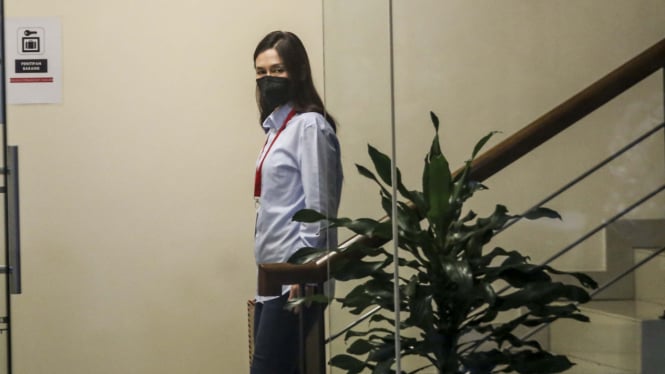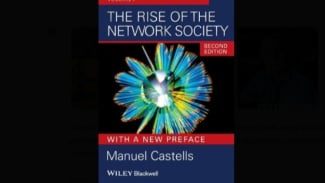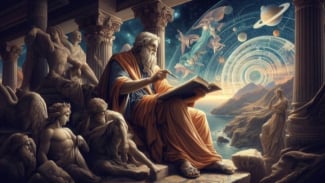The Sorrowful Life Story of Scientist Nikola Tesla
- Getty Images
VIVA – Nikola Tesla was a Serbian-American engineer and physicist known for his contributions to designing alternating current (AC) electrical systems and developing AC generation and transmission technology.
As quoted from Goalcast, Nikola Tesla left the world at the age of 86 with more than 300 patents under his belt. Some of them included creations such as wireless power, the radio, X-ray, remote control, electric motor, the rotating magnetic field, neon lamp, and many more, which makes him one of the greatest inventors of all time.
His life story is an unusual one. From being a boy different than anyone else and being fascinated by electricity, to having his biggest rival in the face of Thomas Alva Edison and getting his ideas stolen.
Nikola Tesla was born in 1856 in Smiljan, Croatia, which was then part of the Austro-Hungarian Empire. His father was a priest in the Serbian Orthodox church, while his mother managed the family farm.
Thomas Alva Edison
- fletcher-online
At first, Nikola Tesla arrived in New York in 1884 and was hired as an engineer at Thomas Alva Edison's office in Manhattan. He worked there for a year, impressing Edison with his diligence and ingenuity.
At one point Edison told Tesla that he would pay US$50,000 for a better design of his DC dynamo product. After months of experimentation, Tesla came up with a solution and asked for the money. But Edison refused, saying, "Tesla, you don't understand our American humor," he said. Then, Tesla quit after doing that.
Nikola Tesla and Westinghouse
Nikola Tesla.
After an unsuccessful attempt to start the Tesla Electric Light Company and a US$2-a-day trench-digging stint, Tesla found backers to support his research into alternating current. In 1887 and 1888, he was granted more than 30 patents for his inventions and invited to speak to the American Institute of Electrical Engineers for his work.
His talk caught the attention of George Westinghouse, the inventor who had launched the first AC power system near Boston and was Edison's main competitor in the "Battle of the Currents".
Westinghouse hired Tesla, licensed the patent for his AC motor, and gave him his lab. In 1890, Edison arranged for a New York murderer to be put to death in an AC-powered electric chair, a stunt designed to show how dangerous Westinghouse standards were.
Backed by Westinghouse royalties, Tesla struck back. But Westinghouse was forced by its supporters to renegotiate their contract, with Tesla relinquishing his royalty rights.
Later in the 1890s, Nikola Tesla invented the electric oscillator, meter, improved lamp, and high-voltage transformer known as the Tesla coil.
He also experimented with X-rays, gave a demonstration of short-range radio communication two years before Guglielmo Marconi, and piloted a radio-controlled boat around the pool at Madison Square Garden.
Tesla and Westinghouse organized the 1893 World's Columbian Exposition in Chicago and partnered with General Electric to install an AC generator at Niagara Falls, creating the first modern power plant.
Failure, Death, and Legacy of Nikola Tesla
Nikola Tesla.
In 1895, Tesla's laboratory in New York caught fire, destroying years of valuable records and equipment. Tesla moved to Colorado Springs for two years, returning to New York in 1900.
He secured the backing of financier JP Morgan and began building a global communications network centered on a giant tower in Wardenclyffe, Long Island. But the funds ran out and Morgan strongly rejected Tesla's grandiose schemes.
Tesla spent his last decade in a small hotel in New York with no money, working on new inventions even as his energy and mental health faded.
He spent his last years feeding and communicating with city pigeons. Nikola Tesla had become a vegetarian and lived only on milk, bread, honey, and vegetable juices.
On January 7, 1943, aged 86, Tesla died alone in Room 3327 of the New Yorker Hotel. His body was later discovered by maid Alice Monaghan after entering Tesla's room, ignoring the 'do not disturb sign posted on the door two days earlier.
Assistant medical examiner, HW Wembly examined the body and determined that the cause of death was coronary thrombosis.































